- 全部删除
 您的购物车当前为空
您的购物车当前为空
Anti-ERK2 Antibody (9C922)
产品编号 TMAY-00111
别名 Prkm1, p42-MAPK, Mitogen-activated protein kinase 1, Mapk1, MAPK 2, MAPK 1, Mapk, MAP kinase 2, MAP kinase 1, ERT1, ERK-2, Erk2
Anti-ERK2 Antibody (9C922) 是一种 Mouse 抗体,靶向 ERK2。Anti-ERK2 Antibody (9C922) 可用于 ELISA,WB。
Anti-ERK2 Antibody (9C922)
Anti-ERK2 Antibody (9C922)
一键复制产品信息产品编号 TMAY-00111 别名 Prkm1, p42-MAPK, Mitogen-activated protein kinase 1, Mapk1, MAPK 2, MAPK 1, Mapk, MAP kinase 2, MAP kinase 1, ERT1, ERK-2, Erk2
Anti-ERK2 Antibody (9C922) 是一种 Mouse 抗体,靶向 ERK2。Anti-ERK2 Antibody (9C922) 可用于 ELISA,WB。
| 规格 | 价格 | 库存 | 数量 |
|---|---|---|---|
| 100 μL | ¥ 1,694 | 5日内发货 |
大包装 & 定制
加入购物车
TargetMol 的所有产品仅用作科学研究或药证申报,不能被用于人体,我们不向个人提供产品和服务。请您遵守承诺用途,不得违反法律法规规定用于任何其他用途。
联系我们获取更多批次信息
资源下载
产品介绍
生物活性
偶联与修饰
抗原信息
| 产品描述 | Anti-ERK2 Antibody (9C922) is a Mouse antibody targeting ERK2. Anti-ERK2 Antibody (9C922) can be used in ELISA,WB. |
| 别名 | Prkm1, p42-MAPK, Mitogen-activated protein kinase 1, Mapk1, MAPK 2, MAPK 1, Mapk, MAP kinase 2, MAP kinase 1, ERT1, ERK-2, Erk2 |
| Ig Type | Mouse IgG1 |
| 克隆号 | 9C922 |
| 交叉反应 | Human |
| 特异性 | Human ERK2 |
| 验证活性 | 1. Anti-ERK2 mouse monoclonal antibody at 1:500 dilution. -Lane A: A431 Whole Cell Lysate. -Lane B: HepG2 Whole Cell Lysate. -Lane C: A549 Whole Cell Lysate. -Lane D: Jurkat Whole Cell lysate. -Lysates/proteins at 30 μg per lane. -Secondary -Goat Anti-Mouse IgG H&L (Dylight800) at 1/15000 dilution. -Developed using the Odyssey technique. -Performed under reducing conditions. -Predicted band size:41 kDa. -Observed band size:41 kDa. 2. Anti-ERK2 mouse monoclonal antibody at 1:500 dilution. -Lane A: Hela Whole Cell Lysate. -Lane B: ERK2 konckout Hela Whole Cell lysate. -Lysates/proteins at 30 μg per lane. -Secondary -Goat Anti-Mouse IgG (H+L)/HRP at 1/10000 dilution. -Developed using the ECL technique. -Performed under reducing conditions. -Predicted band size:40 kDa. -Observed band size:40 kDa(Validation Experiment) |
| 应用 | ELISAWB |
| 推荐剂量 | WB: 1:500-1:2000; ELISA: 1:1000-1:2000 |
| 抗体种类 | Monoclonal |
| 宿主来源 | Mouse |
| 构建方式 | This antibody was produced from a hybridoma resulting from the fusion of a mouse myeloma with B cells obtained from a mouse immunized with purified, recombinant Human ERK2 / MAPK1 / MAPK2 (rh ERK2 / MAPK1 / MAPK2; TMPY-04539; NP_002736.3; Met1-Ser360). The IgG fraction of the cell culture supernatant was purified by Protein A affinity chromatography. |
| 纯化方式 | Protein A |
| 性状 | Liquid |
| 缓冲液 | 0.2 μm filtered solution in PBS |
| 研究背景 | MAP kinases, also known as extracellular signal-regulated kinases (ERKs), act as an integration point for multiple biochemical signals and are involved in a wide variety of cellular processes such as proliferation, differentiation, transcription regulation, and development. ERK is a versatile protein kinase that regulates many cellular functions. Growing evidence suggests that extracellular signal-regulated protein kinase 1/2 (ERK1/2) plays a crucial role in promoting cell death in a variety of neuronal systems, including neurodegenerative diseases. It is believed that the magnitude and the duration of ERK1/2 activity determine its cellular function. Activation of ERK1/2 is implicated in the pathophysiology of spinal cord injury (SCI). ERK2 signaling is a novel target associated with the deleterious consequences of spinal injury. ERK-2, also known as mitogen-activated protein kinase 1 (MAPK1), is a member of the protein kinase superfamily and MAP kinase subfamily. MKP-3 is a dual-specificity phosphatase exclusively specific to MAPK1 for its substrate recognition and dephosphorylating activity. The activation of MAPK1 requires its phosphorylation by upstream kinases. Upon activation, MAPK1 translocates to the nucleus of the stimulated cells, where it phosphorylates nuclear targets. MAPK1 is involved in both the initiation and regulation of meiosis, mitosis, and postmitotic functions in differentiated cells by phosphorylating some transcription factors such as ELK1. MAPK1 acts as a transcriptional repressor that represses the expression of interferon gamma-induced genes. Transcriptional activity is independent of kinase activity. The nuclear-cytoplasmic distribution of ERK2 is regulated in response to various stimuli and changes in a cell context. Furthermore, the nuclear flux of ERK2 occurs by several energy- and carrier-dependent and -independent mechanisms. ERK2 has been shown to translocate into and out of the nucleus by facilitated diffusion through the nuclear pore, interacting directly with proteins within the nuclear pore complex, as well as by karyopherin-mediated transport. ERK2 interacts with the PDE4 catalytic unit by binding to a KIM (kinase interaction motif) docking site located on an exposed beta-hairpin loop and an FQF (Phe-Gln-Phe) specificity site located on an exposed alpha-helix. These flank a site that allows phosphorylation by ERK, the functional outcome of which is orchestrated by the N-terminal UCR1/2 (upstream conserved region 1 and 2) modules.Cancer ImmunotherapyImmune CheckpointImmunotherapyTargeted Therapy |
| 偶联 | Unconjugated |
| 免疫原 | Recombinant Protein: Human ERK2 / MAPK1 / MAPK2 Protein (TMPY-04539) |
| 抗原种属 | Human |
| 研究领域 | Cancer Drug Targets |
存储&运输
| 储存方式 | Store at 2°C-8°C for 1 month. Store at -20°C or -80°C for 12 months. Avoid repeated freeze-thaw cycles. Preservative-Free. |
| 运输方式 | Shipping with blue ice. |
计算器
SCI 文献
评论列表
Related Tags: buy Anti-ERK2 Antibody (9C922) | purchase Anti-ERK2 Antibody (9C922) | Anti-ERK2 Antibody (9C922) cost | order Anti-ERK2 Antibody (9C922)










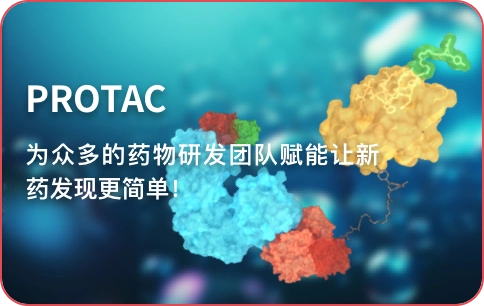





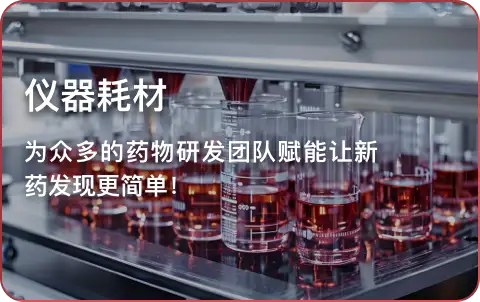
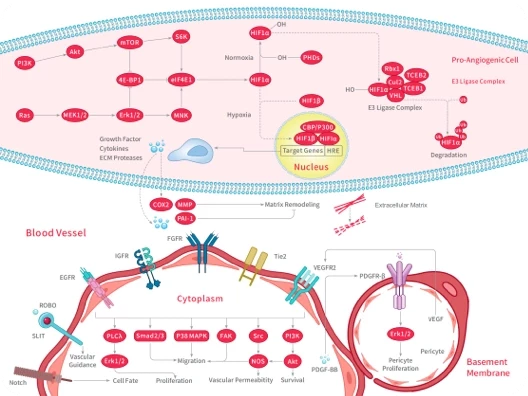
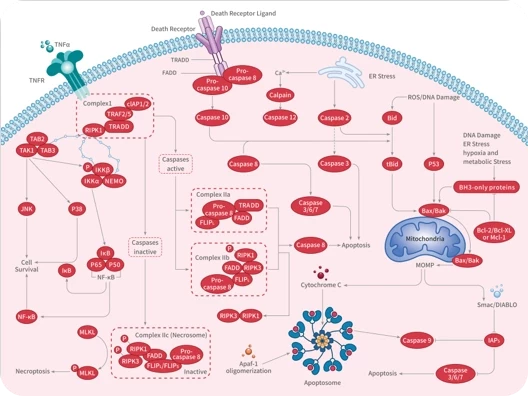
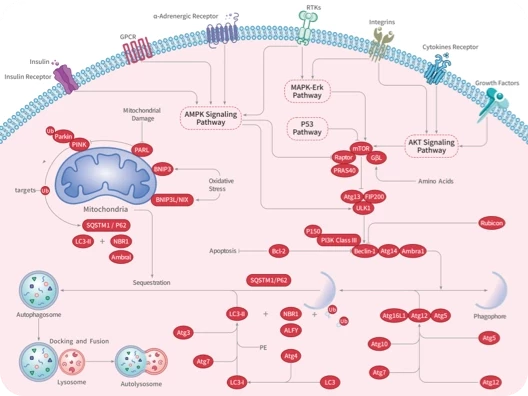

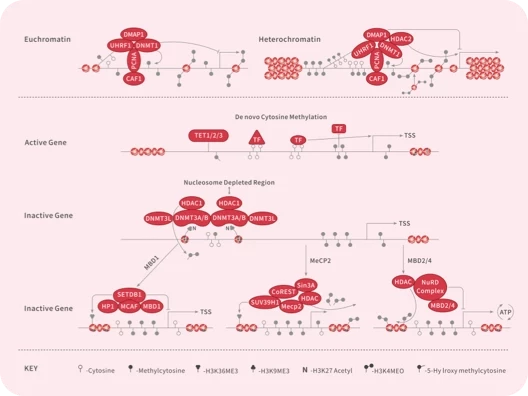
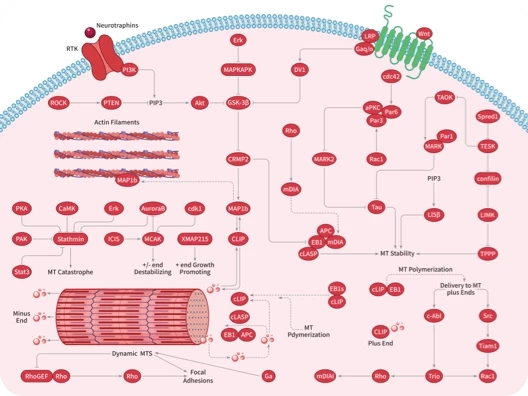
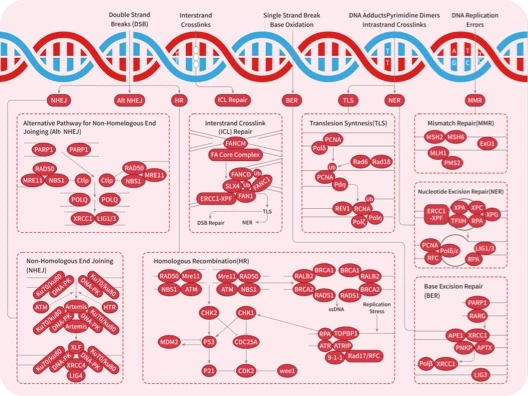
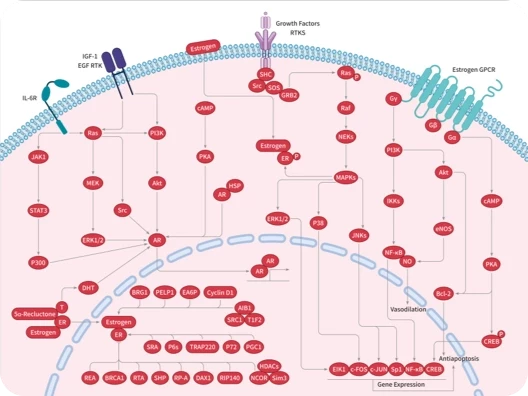
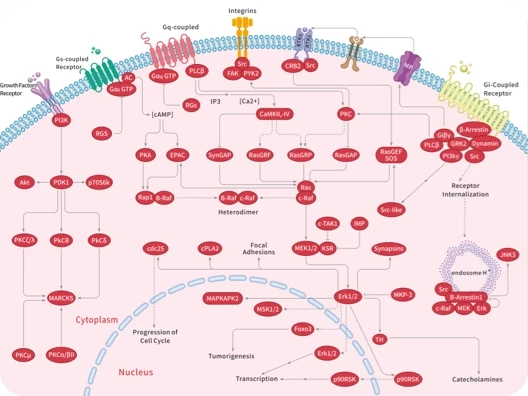
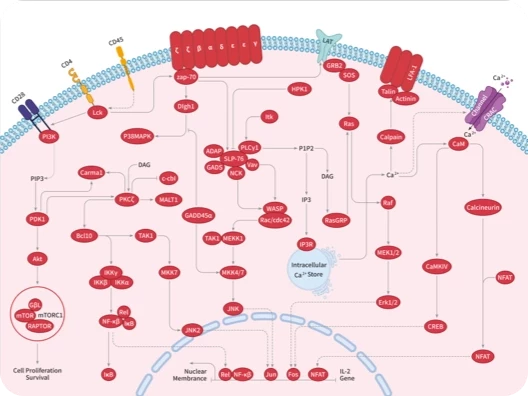
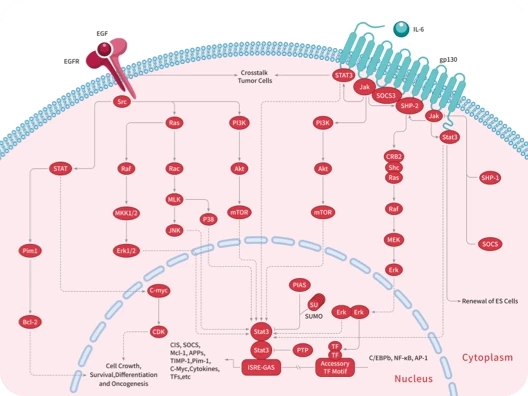
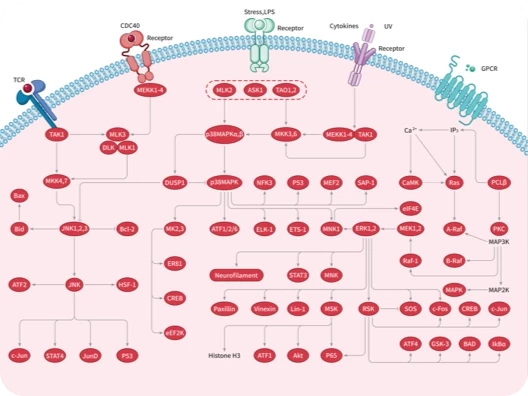
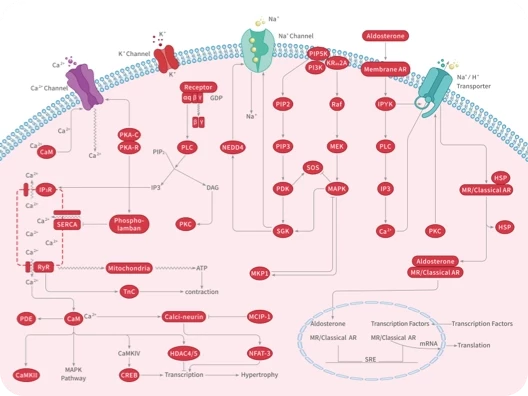
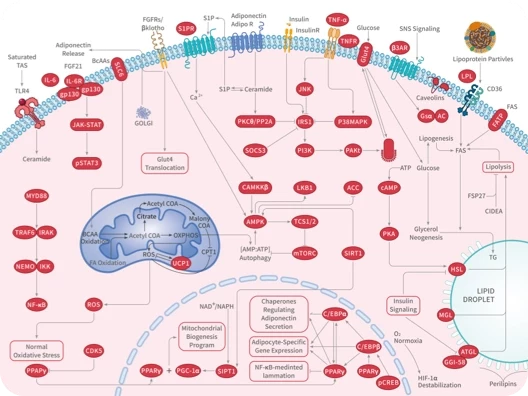
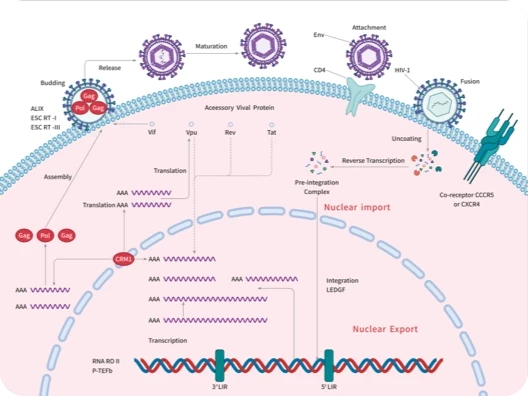


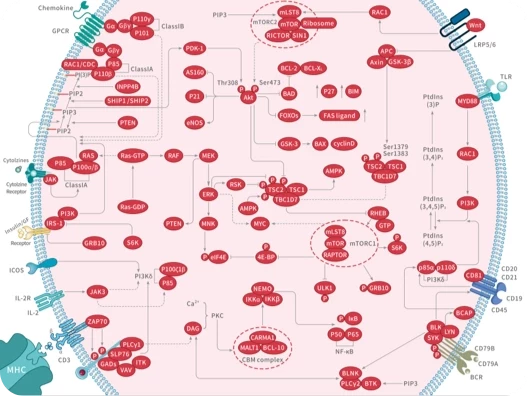
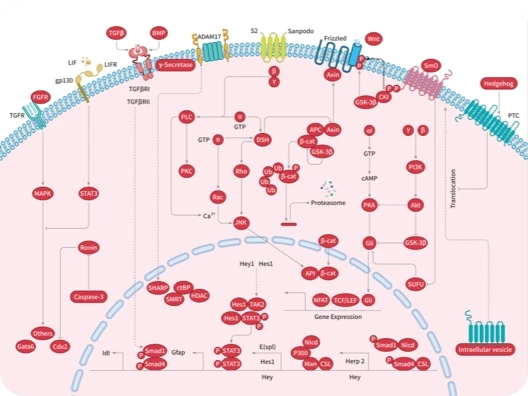

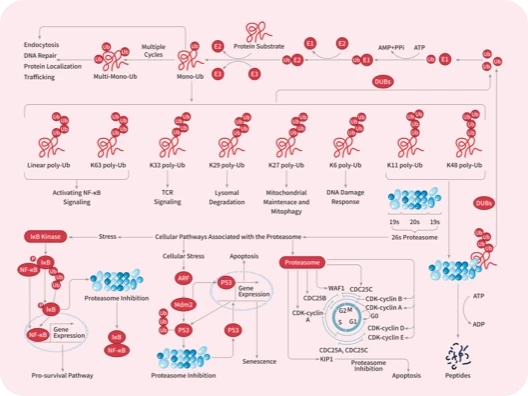


 还可以
还可以

 |
|
评论内容